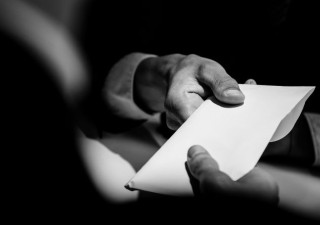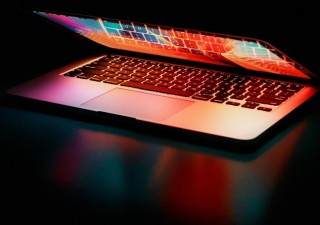How generative AI is reshaping gaming
31 March 2025
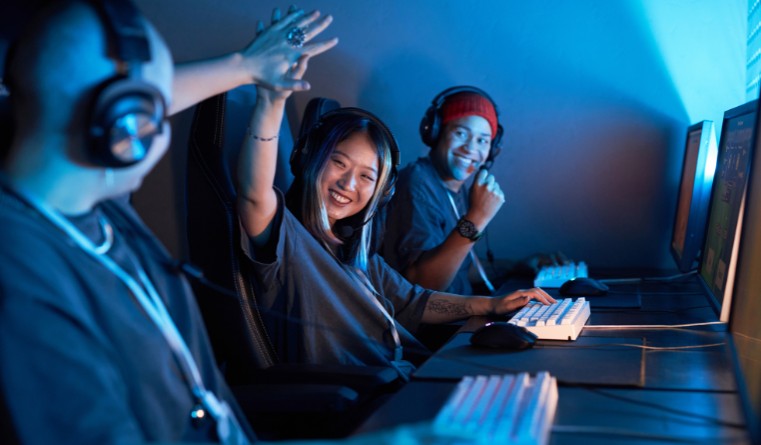
As GenAI reshapes the gaming industry by streamlining assets and narrative creation, it also raises complex IP issues, particularly in copyright ownership and authorship. Excel V. Dyquiangco explores strategies for game developers to protect their IP while addressing evolving legal frameworks globally.
Generative AI (GenAI) is transforming game development by automating the creation of assets, characters and narratives, allowing developers to craft unique, immersive experiences at unprecedented speed. This technology enables the generation of realistic visuals and dynamic gameplay, reshaping how games are created and played.
However, the rise in AI-generated content presents new intellectual property challenges. Traditional IP laws struggle to address questions of ownership and authorship for AI-created assets. As game studios navigate these legal complexities, understanding the evolving landscape of IP protection is crucial to responsibly harnessing AI’s potential while safeguarding their creative output.
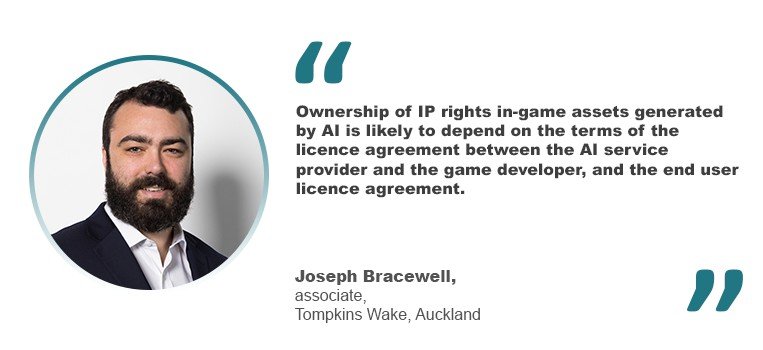
“Practically, ownership of IP rights (most likely to be copyright only) in-game assets generated by AI is likely to depend on the terms of the licence agreement between the AI service provider and the game developer, and the end user licence agreement (EULA) between the game developer,” said Joseph Bracewell, an associate at Tompkins Wake in Auckland. “Generally, the game developer will want to ensure that it owns the generated works used in or generated by its games, but there are exceptions to that position.”
He added: “In the absence of written agreements recording the ownership of generated works, copyright law in the relevant jurisdiction will determine who the owner of copyright in the generated works is. Under New Zealand’s Copyright Act 1994 (Copyright Act), in most circumstances, the first owner of a work is the author of that work. The ‘author’ is the person who creates that work. For computer-generated works, that person is ‘the person by whom the arrangements necessary for the creation of the work are undertaken.’”
“Depending on how the work is generated, the most likely outcome is that the end user will be considered as the author of the work because they performed the final inputs and instructed the game software to generate the work. However, this is fact-dependent. For example, the generation is purely a background process that the user has no direct input over, the position may be different,” he said.
According to Aarushi Jain, a partner at Cyril Amarchand Mangaldas in Mumbai, AI, at the very core, is software that is developed or customized to service the client. She said that the principles of IP laws, as they apply to software and the results and proceeds, should ideally apply to AI as well.
“Having said so, AI, especially GenAI is armed with the ability to ‘think’ and ‘act,’” she noted. “The commands given to create such software empower the GenAI software to ‘create’ and ‘innovate.’ Therefore, IP ownership in the world of AI is a complex issue which needs to be considered by analyzing several parameters, such as ‘Who does the training or input data belong to? Can the training data be used to create new or derivative works? If yes, is the work created worthy of IP protection? Is there an element of human intervention in the creation of the work?’ Based on the responses, the rights flow and IP ownership could differ in varied situations.”
For instance, a gaming company can commission the services of an AI developer to create GenAI software which is trained on the gaming company’s proprietary data. The gaming company may also give instructions with respect to the outputs expected from the GenAI software. Since the software is based on the gaming company’s data and created in line with the vision of and at the instance of the company, the gaming company may contractually require that the work created by the AI developer (the GenAI software) as well as results and proceeds of or from such work, in any manner, will vest with the gaming company. Such results could be new or derivative works in in-game assets, characters and narratives based on or derived from the gaming company’s input data that are created by use of the GenAI software.
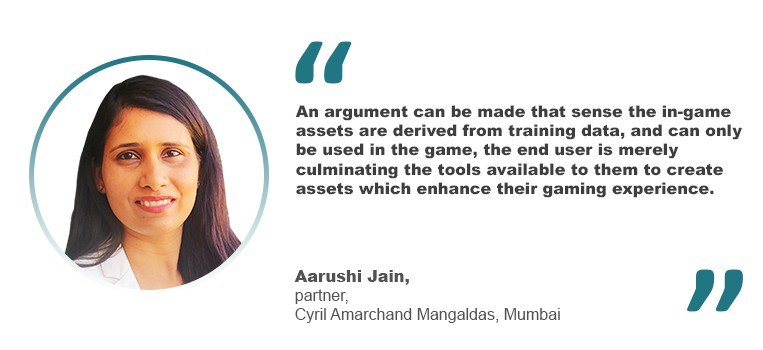
“The gaming company can get a contractual sign-off from the end users as well who could confirm the ownership of the gaming company in any game assets or narratives created during gameplay while using the GenAI software,” she said. “An argument can be made that since the in-game assets are derived from training data, and can only be used in the game, the end user is merely culminating the tools available to them to create assets which enhance their gaming experience. They cannot own such assets. Crisp and clearly worded assignment clauses should help do the trick.”
“Some software may allow users to input data and create outputs from it. Therefore, gaming companies may decide not to take ownership of either input or output data to avoid any liability or issues stemming from the use of either data set. Gaming companies may, through contractual provisions, even validate ownership of the works created by the user onto the user. This marries with the position under Indian copyright law, as per which ‘author’ in relation to any literary, dramatic, musical or artistic work which is computer-generated is the person who causes the work to be created. Having said so, there is a difference between authorship and ownership of IP, which must be appreciated while crystallizing rights,” she said.
She continued: “An alternative situation is where gaming companies allow the end users to own the IP in the end the user created in-game assets but takes a royalty-free licence back and exploitation rights to exploit such assets. There could also be situations where the AI developer is commissioned to create AI software. The AI developer may use third-party or publicly available data for training purposes. In such a case, the AI developer may be comfortable passing on the IP rights in the GenAI software per se to the company but may not be able to back-stop the rights in input data or output, such as in-game assets, as the AI developer may not be able to confirm the origin, title, restrictions of use, originality or the very existence of IP in the GenAI created assets.”
Games and IP laws
As the use of generative AI in gaming continues to grow, the need for clear and effective IP laws becomes increasingly important. Different jurisdictions are exploring how existing copyright frameworks apply to AI-generated content, leading to varied approaches and legal challenges worldwide.
New Zealand offers copyright protection for computer-generated literary, dramatic, musical or artistic works for 50 years from creation. This includes works generated by current AI models, classified under the Copyright Act as any work produced by a computer without a human author. While the act was initially drafted to cover works like weather maps, it now extends to encompass modern AI-generated content. However, the legislation has been under review for several years, with no clear timeline for completion. Future amendments are expected to specifically address the challenges posed by AI-generated works, making New Zealand somewhat of an outlier in this regard.
In contrast, many jurisdictions, including the United States, do not currently provide copyright protection for computer-generated works. A critical aspect of copyright law is that protection only applies to original works that are not derived from existing works. Given that AI-generated content typically synthesizes elements from a variety of existing works, questions of originality and copyright eligibility are complex and fact-specific. The outcome hinges on whether the AI-generated work exhibits sufficient originality and does not infringe on existing copyrights.
Copyright law allows for the protection of AI-generated content, with ownership typically resting with the author. However, this ownership can depend heavily on the level of human input in the creative process. The degree to which the software autonomously generates output without significant human intervention may impact copyright ownership. In jurisdictions where traditional copyright laws do not recognize AI-generated works, such as the U.S., a new sui generis system (a unique legal framework designed specifically to address the rights and protections needed for AI-generated content) may be considered to provide the necessary protection.
In India, copyright law applies to AI-generated content, particularly within the gaming industry. Indian copyright laws protect various types of works, including literary texts, musical notations and artistic representations such as characters and images. While Indian patent law does not allow patents for computer programs, software can be protected as literary works under copyright law. Nevertheless, the output generated by AI must meet specific criteria to qualify for copyright protection.
“For instance, the work must be original, should be expressed and not be a mere idea, and should involve some element of creativity and must not be infringing in nature. In fact, the Indian ministry officials have also recently said that ‘India being a member of all major international conventions and agreements for the protection of intellectual property rights grants adequate protection of rights for works created by legal persons through copyright law and protects inventions through the patent system. Therefore, there is no requirement to create a separate category of rights for AI and related innovations in the Indian IPR regime,” said Jain.
Overcoming legal challenges
James Lawrence, a partner at Addisons in Sydney, said that one of the difficulties in enforcing copyright against AI-generated content is understanding how the AI models are “trained” and how any input data is used in the subsequent creation process. “Copyright infringement can only be established if the whole or a substantial part of a copyrighted work was copied during the process of generating the output work(s),” he said. “This particular issue is presently the subject of numerous legal battles throughout the world and is a vexed issue at present.”
For Bracewell, there are a few challenges that could arise in enforcing copyright for AI-generated content in video games. The key challenges are likely to be establishing that copyright exists in the generated content, establishing who the owner of that copyright is and evidencing the existence of the generated content.
“In terms of evidencing the existence of the generated content, there is a practical problem for the game developer, particularly if they want to claim copyright in generated content – how do they know that content has been generated, and where is that evidence stored?” he said. “For example, if I am a game developer and a user of a single-player game with no online component generates a work in that game, even if an EULA is giving me ownership, how will I ever know about it? Even for games with an online component, or which are online-only and so in regular contact with the developer’s servers, it’s unlikely to be practical for game developers to capture and store data about each piece of content generated by the game.”
He added: “There are other considerations in the developer’s relationship with its end users (players). Even if the developer was able to capture all the content generated, would its customers be comfortable knowing that anything generated by the game will be stored and could be reviewed by the developer? Would they be comfortable generating content in a game if they knew that the developer might seek to assert copyright in that content (including potentially against the player themselves), or purchasing a game where that could happen?”
In this regard, Bracewell advised game developers to carefully review the terms and conditions of any AI services or tools that they use and ensure that they are comfortable with provisions relating to the following:
-
Ownership of any generated works (i.e., the developer should be the owner of any generated works).
-
The use of the game developer’s IP, or generated works, by the AI provider. In general, game developers should be very wary of the AI provider having any ability to use their content or other data for any purpose, including training its models.
-
Warranties from the AI provider that the content its software generates will not infringe rights belonging to third parties, and that it is able to provide the appropriate ownership rights to the developer.
-
The ability of the developer to obtain compensation from the AI provider if there are issues with either infringement of third-party IP, or misuse of the developer’s own IP. It’s usual in a commercial context that liability for breaches of an agreement relating to IP and confidential information is not capped, which this is particularly important in these circumstances.
He said: “Developers should also be mindful of the number of media reports of AI providers training their models on content without authorization, including using customer IP even when there has been an explicit agreement not to do so. Even where there are adequate legal provisions and potential remedies, developers should only use AI providers that they trust not to breach those terms, given the potential harm to their businesses if their IP is misused.”
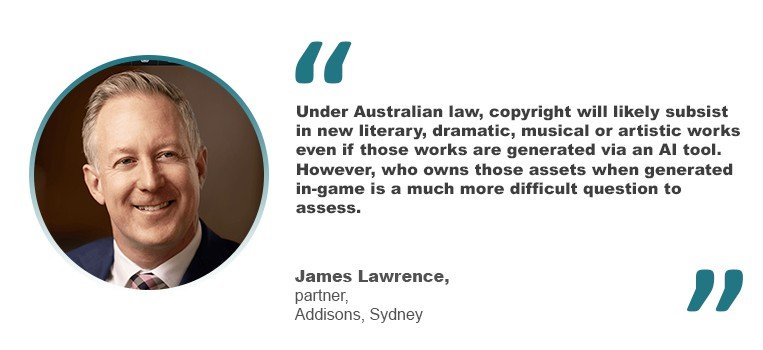
Protecting assets
Given the global nature of game development and distribution, how can developers ensure that AI-generated assets are protected, especially in your jurisdiction? What steps should be taken to address cross-border IP enforcement issues?
“This depends on the nature of the AI-generated assets,” said Lawrence. “Under Australian law, copyright will likely subsist in new literary, dramatic, musical or artistic works even if those works are generated via an AI tool. However, who owns those assets when generated in-game is a much more difficult question to assess. Under Australian law, a human author is required. Again, depending on the nature of the AI-generated content, trademark law might be available to protect content which could be regarded as a brand or badge of origin.”



